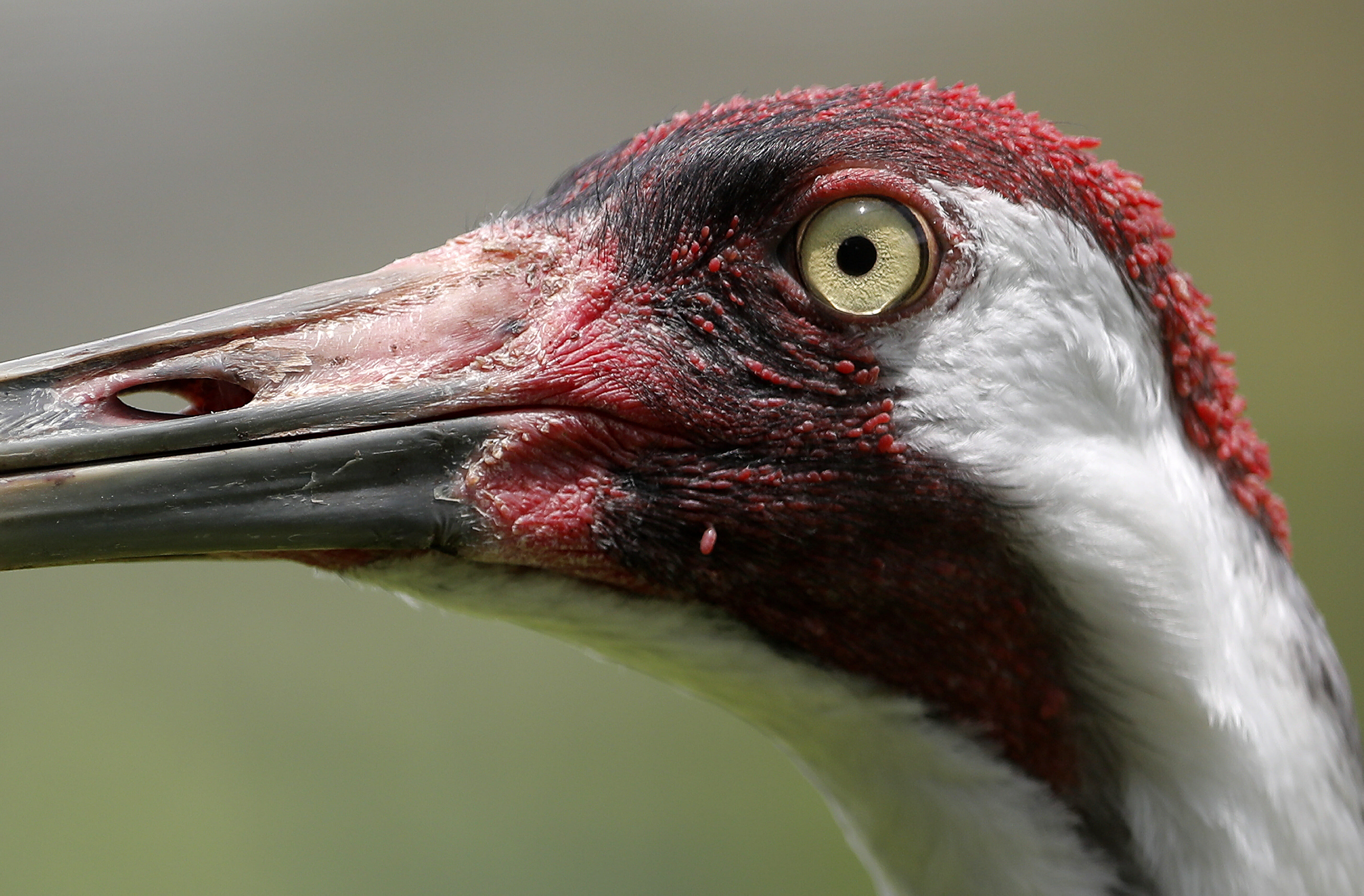
Celeb or stranger? Study weighs Americans' interest in birds
NEW YORK (AP) — Whooping cranes, common ravens and peregrine falcons are among the celebrities of the sky in the eyes of Americans, even those who’ve never laid eyes them.
The ruffed grouse or purple martin? They’re like friends you might chat with. The wrentit and the Abert’s towhee are like the neighbors you don’t talk to much. As for the Hammond’s flycatcher and the Brewer’s sparrow, Americans don’t care much about them at all.
That’s the word from a new study that aimed to define “a range of relationships between people and birds” across the United States, said Justin Schuetz, one of the authors.
Results appear in a paper released Monday by the Proceedings of the National Academy of Science. Schuetz, a biologist and independent researcher in Bath, Maine, did the work with Alison Johnston, who’s affiliated with Cornell University in Ithaca, New York
The project included studying Google searches performed from 2008 to 2017 to learn about what Americans think about 621 bird species. Researchers knew where each search came from. They also knew the natural range of each species and how often it is sighted in specific places, based on a national database.
One key question was whether the Google data revealed more interest in each species than one would expect in various locations, based on how often it is sighted in those places. Another question was how much the interest in each species was limited to its natural range, or spilled out beyond it.
So birds in the “celebrity” category are those that attracted more Google attention than one would expect from how often they’re seen, and whose popularity extended outside of their natural range. They have “a reputation beyond where they live,” Schuetz explained.
Next came the “friends or enemies” category, which included species that get more Google attention than expected, but mostly in the states where they live. As with the other categories, the researchers couldn’t tell whether the searchers’ opinions of these familiar birds were positive or negative.
Then came birds classified as “neighbors,” whose few Google searches were confined to where they live. Finally there were the “strangers,” birds that got little Google interest anywhere.
The research also turned up other insights into what makes a species popular. Bigger bodies, colorful plumage and regular visits to birdfeeders helped. Species that served as mascots for professional sports teams reached celebrity status, but it wasn’t clear whether being a mascot encouraged popularity or the other way around.
The results also turned up some surprises. “People seem to have an inordinate fascination with owls we couldn’t account for entirely in our analysis,” Schuetz said.
Jeffrey Gordon, president of the American Birding Association, called the study “a fascinating framework for trying to understand how people are relating to birds.”
“I hope they’re able to use it to help people appreciate what’s right in their own backyard,” he said. “Most of us just aren’t keyed in to what is literally at our doorstep.”
David Ringer, chief network officer for the National Audubon Society, also found the work interesting.
“It’s great to see how much we know and love some species, and it’s provocative to see how much we still have to discover,” he wrote in an email. “I hope that many bird ‘strangers’ will become ‘friends,’ and ‘neighbors’ will turn into ‘celebrities.'”
___
The Associated Press Health and Science Department receives support from the Howard Hughes Medical Institute’s Department of Science Education. The AP is solely responsible for all content.
The Western Journal has not reviewed this Associated Press story prior to publication. Therefore, it may contain editorial bias or may in some other way not meet our normal editorial standards. It is provided to our readers as a service from The Western Journal.
Truth and Accuracy
We are committed to truth and accuracy in all of our journalism. Read our editorial standards.
Advertise with The Western Journal and reach millions of highly engaged readers, while supporting our work. Advertise Today.












